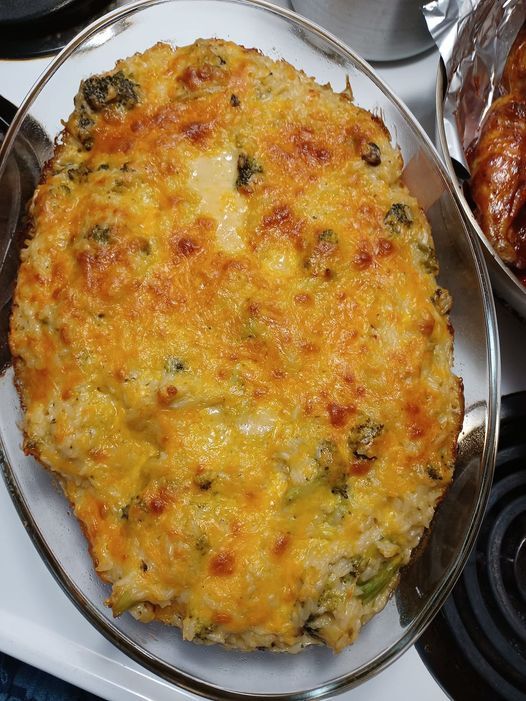ADVERTISEMENT
Should ground beef be rinsed before cooking?
One of the most often asked questions among inexperienced and experienced chefs about ground beef preparation is whether or not to rinse the meat before cooking. Washing ground beef is meant to either cut the fat level or purify the meat from any toxins.
Still, the issue is whether this behavior is advised or if it can do more damage than benefit.
Appreciating the Issues Regarding Rinsing Ground Beef
Let’s investigate the several reasons someone would think of washing their ground beef and discuss if those justifications hold water under closer inspection:
1. lowering of the fat content
Rinsing ground beef, some think, removes extra fat. Although washing ground beef in hot water helps you eliminate some surface fat, the quantity of fat loss is not very great. Moreover, a lot of the taste in beef originates from its fat content, hence washing meat could affect both taste and texture. Furthermore, a more efficient strategy to cut fat intake than rinsing is while ground beef cooks as the melted fat can be readily drained out.
2. eradicating germs and pollutants
Rinsing can also be done in order to eliminate surface-based meat contaminants or germs. Still, most germs on ground beef are destroyed with appropriate cooking—that is, heating the meat to an internal temperature of at least 160°F (71°C). Water rinsing does not eliminate germs; rather, it can cause “cross-contamination”—that is, spread germs across your kitchen including on counters, sinks, and other surfaces.
USDA Stance Regarding Rinsing Meat
washing meat or poultry before cooking is not advised by the United States Department of Agriculture (USDA). They claim that cleaning these goods is not required and that cross-contamination will more likely transfer germs to other food, utensils, and surfaces. They highly support correct cooking methods to guarantee the destruction of any harmful organisms.
Correct Cooking Methods Over Rinishing
Not rinsing: what then? Emphasize the following safe handling and cooking techniques rather than ground beef washing:
1. Sanitize surfaces and tools.
read more on next page
ADVERTISEMENT
ADVERTISEMENT
Always wash counters, cutting boards, dishes, utensils, and hands both before and after handling ground beef using hot soapy water.
2. Sort Raw Meats Among Other Foods
Store ground beef away from other items in the refrigerator and during cooking to avoid cross-contamination.
3. Cook to just the right temperature.
Get a meat thermometer and make sure ground beef is cooked to an internal temperature of 160°F (71°C), therefore killing dangerous germs.
4. Eliminate Extra Fat Following Cooking
Once the ground beef is completely cooked, you may drain out the extra fat from the pan to get a similar result to washing without running the danger of spreading germs.
At last
Not only is rinsing ground beef useless, but it also does not much lower fat content and can cause kitchen food contamination hazards. Good and safe ground beef depends mostly on handling and correct cooking methods. Over the belief that washing would cleanse your meat, always give temperature management and kitchen cleanliness top priority. This will help you to enjoy good, healthier food free from the inadvertent bacterial dissemination.
ADVERTISEMENT
ADVERTISEMENT
